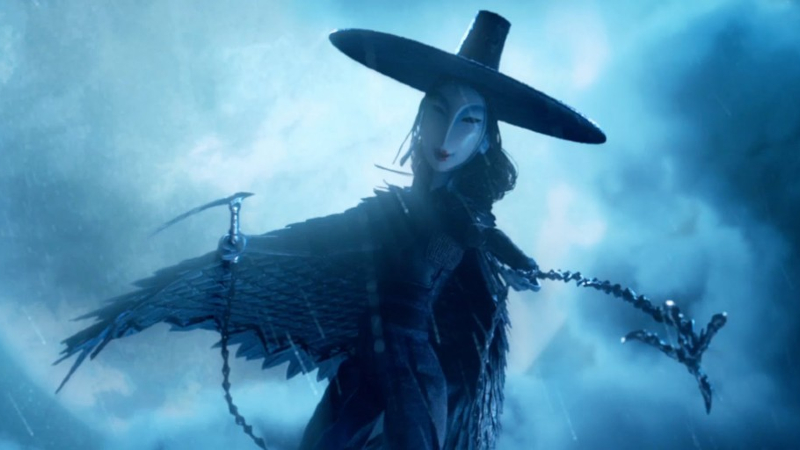Director – Travis Knight – 2016 – US – Cert. PG – 101m
*****
The following review originally appeared in Funimation UK; republished to coincide with the LAIKA: Frame x Frame exhibition which shows at BFI Southbank from Monday, 12th August to Tuesday 1st October 2024 (free to visit, but booking essential – click here) accompanied by a stop-frame animation season including all five LAIKA feature films and much, much more
A Hollywood film inspired by the Far East.
Western cinema in general and animation in particular has long held an interest in all things Oriental. Every so often, a film made in the West pays homage to one aspect or another of Eastern culture. The animated fantasy Kubo and the Two Strings is the latest entry in this curious Western sub-genre. It’s a dark fairytale about the quest of a boy named Kubo for his late father’s long-lost suit of armour to protect himself from the evil spirits of his grandfather and two aunts.
The company behind the production are US stop-frame outfit Laika who previously made Coraline, ParaNorman and The Boxtrolls. All three like Kubo are dark visions far removed from the upbeat fare that constitutes much contemporary Hollywood animation.… Read the rest

